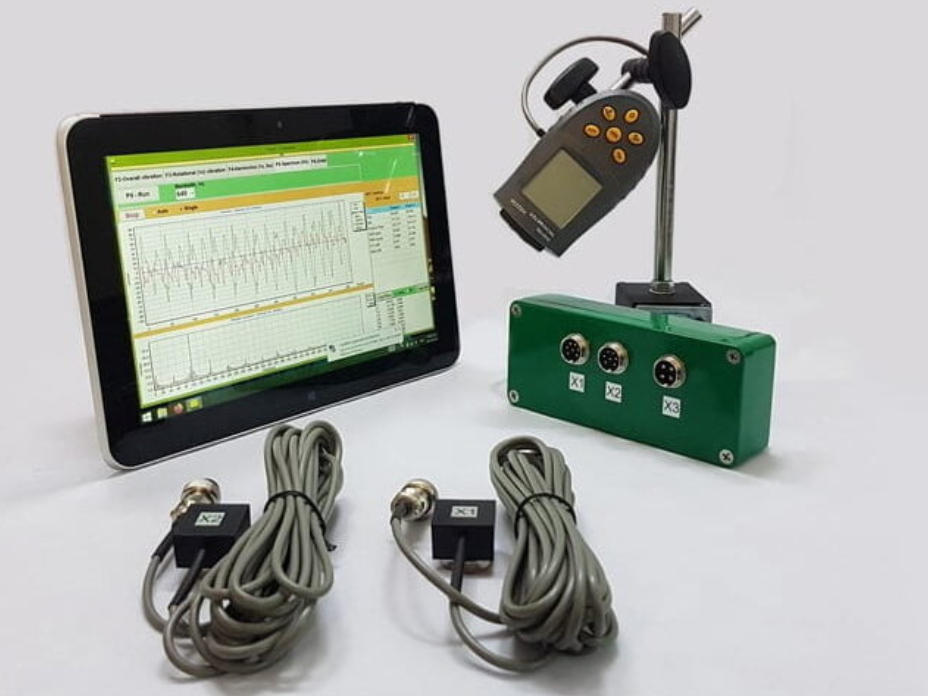US PPI for March 2022 at all time high
Prior report 10.0%PPI MoM 1.4% vs 1.1% estimate
PPI Final Demand YoY 11.2% vs 10.6% estimate. This is the all time high going back to Nov 2010 inception
PPI ex food and energy YoY 9.2% vs 8.4% estimate
PPI ex food and energy MoM 1.0% versus 0.5% estimate
Prices for final demand less foods, energy, and trade services moved up 0.9 percent in March, the
largest advance since rising 1.0 percent in January 2021. For the 12 months ended in March, the
index for final demand less foods, energy, and trade services increased 7.0 percent.
Goods PPI up 2.3%> Half of the increase was energy related (up 5.7% for the month). Ex food and energy the goods component would have been up 1.1%
Services PPI up 0.9%
The full report can be found HERE
The data is all hotter than expected and runs a bit counter to the CPI data that had traders thinking we have peaked. There are pipeline costs (more inflation Read this Term
ADVERTISEMENT – CONTINUE READING BELOW
Source link
Post Navigation










